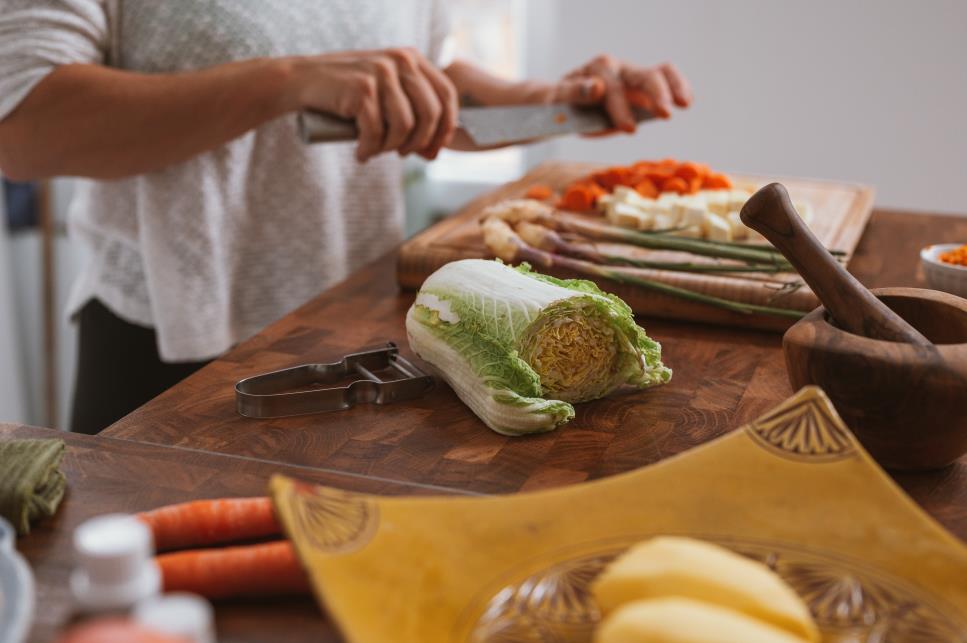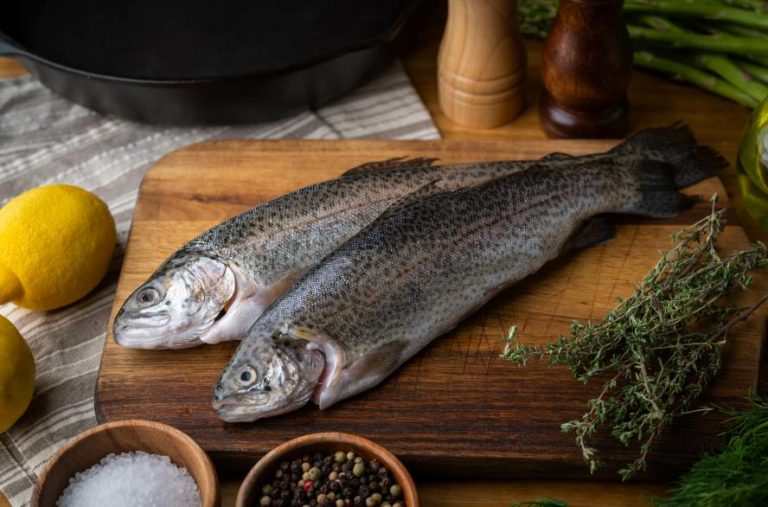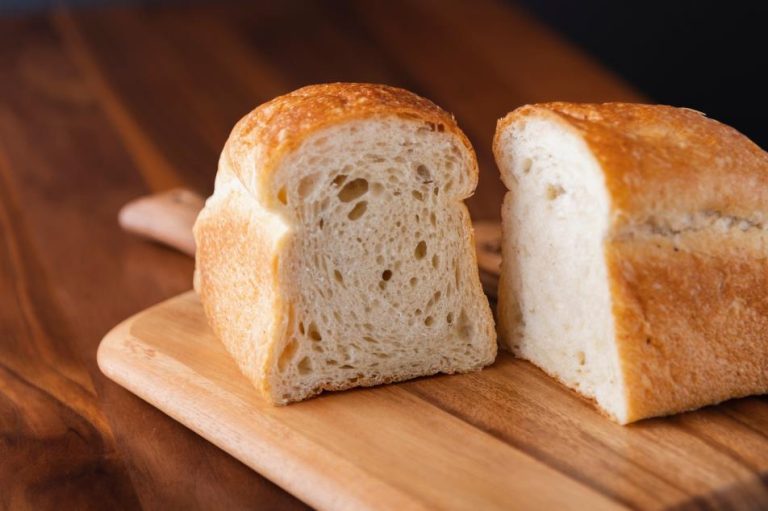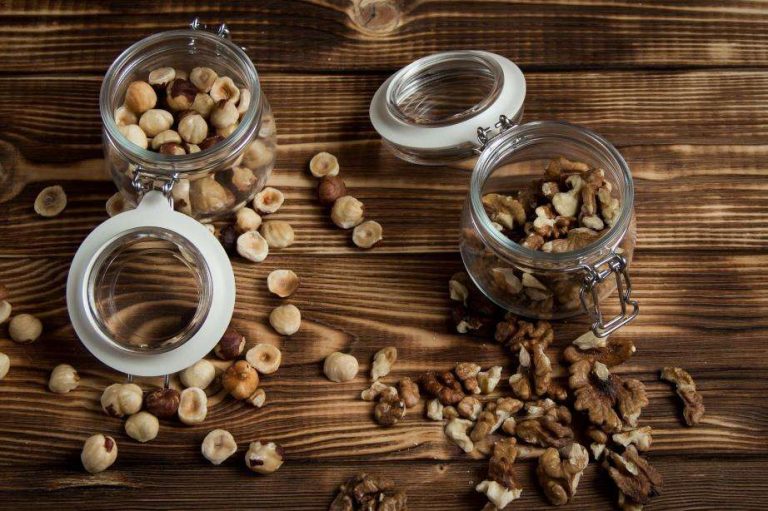A good cutting board is essential to the operation and hygiene of any kitchen, whether it’s a home kitchen or a professional setting.
Bamboo and wood cutting boards are two of the most popular cutting boards available, but how do they stack up? Which product is inherently better and guaranteed to please your customers?
Let’s examine what you should be looking for in a quality cutting board product:
Cutting board quality: how that’s evaluated
To source the best cutting boards, the features of the material used should be considered. We listed 11 attributes below, let’s take bamboo and wood cutting boards toe – to – toe in each category!
Hardness

To assess the hardness of both bamboo and wood, a measurement scale called the Janka Hardness Test is used.
In the cutting boards industry, the optimal hardness for a cutting board is a Janka rating of above 900 lbf or pounds force. The higher the lbf number, the harder the material is.
Cutting board material that’s too soft will get nicked and damaged easily and lack durability. Too hard and it can dull knife blades quickly. So – the best is a happy medium.
How bamboo and some varieties of wood compare in terms of Janka hardness rating:
| MATERIAL | JANKA RATING | HARDNESS |
| Bamboo | 1 410 lbf | Good |
| Walnut wood | 1 010 lbf | Fair |
| Maple wood | 1 450 lbf | Good |
| Teak wood | 1 155 lbf | Fair |
| Sapele wood | 1 500 lbf | Good |
Bamboo has a good level of hardness. However, a bamboo cutting board will need to be replaced sooner than a wooden one as bamboo develops knife marks quicker and is prone to splintering.
Cutting boards of mid – range hardness such as acacia and teak offer durable cutting surfaces that are knife friendly.
Buy Wholesale Cutting Boards and Start Scaling up with Us Today
Contact us and connect with a sales rep to get a free quote.
Sanitary properties
A sanitary cutting board material is of critical importance to avoid your customers getting ill.
Bamboo
Bamboo is moderately hygienic in that it has anti-microbial properties. That being said, bamboo is a grass and therefore porous, so can absorb bacteria and juices from high risk foods like raw meat.
For ultimate food safety bamboo cutting boards are best used for vegetable prep or display purposes. If used for raw meat, the bamboo board should be thoroughly disinfected after every use and only ever used for meat prep.
Wood
Wood is a sanitary material for a cutting board as many woods are inherently anti – bacterial.
Also, wood will absorb and destroy bacteria via capillary action, meaning that after a wood cutting board is cleaned and well dried, bacteria are virtually eliminated on the cutting surface.
Effect on knife blades
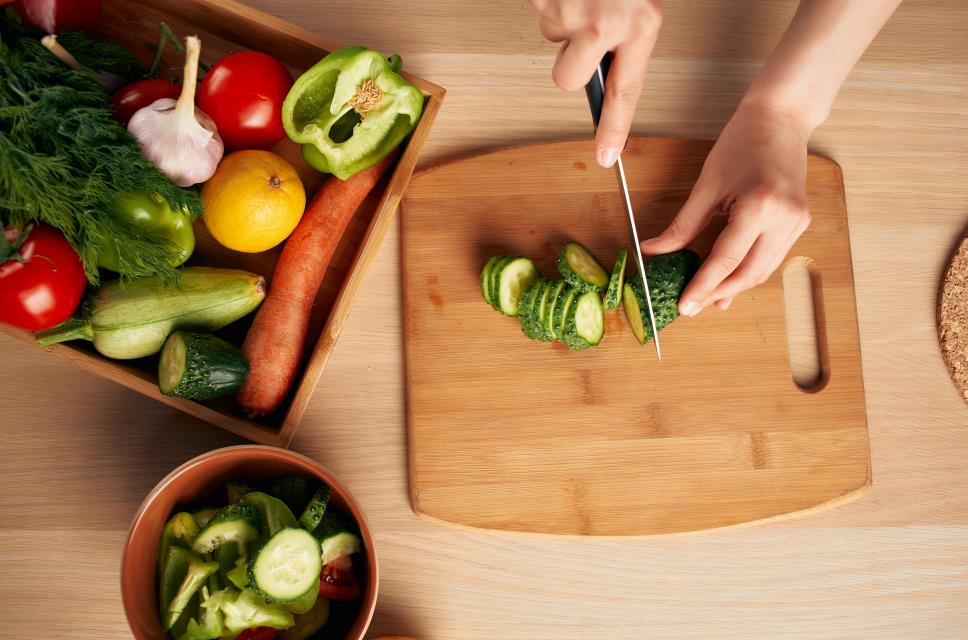
Good knives can be expensive and are an investment for your customer. Always aim to sell them a cutting board that will not damage their knife blades. Less wear equals less time and attention devoted to sharpening, which is a plus.
Bamboo
Bamboo cutting boards will dull a knife blade quite quickly because unlike wood bamboo is uneven in hardness, being super hard at the nodes and softer in the areas between. This leads to severe blade edge wear.
Wood
Wooden cutting boards will also dull knife blades, particularly if the wood used is very hard. This dulling will happen gradually over time and knife sharpening should be encouraged as part of your customer’s knife care routine.
Aesthetic
A product that looks good adds to the customer’s quality of life and the joy experienced with the product. Aim to always present products that are attractive and varied.
Bamboo
Bamboo is available in different varieties and offers good range in look, pattern, and tonal variation. It’s an attractive material.
Wood
Like bamboo, there are many varieties, colours, and patterns of wood available. In terms of décor or preferred look, wood cutting boards can offer something to suit every customer’s taste.
Care & maintenance
It’s important to know the care and maintenance requirements for a cutting board so that you can match it to the customer’s lifestyle and time available.
Bamboo

Bamboo cutting boards need to be oiled monthly with food grade mineral oil so that moisture is repelled from the cutting surface.
Disinfecting will also be needed regularly as bamboo is fibrous by nature, and bacteria can accumulate in tiny gaps between those fibers.
Because its texture is fuzzier than wood, bamboo takes longer and more care to clean thoroughly and this fuzz can migrate into food.
Bamboo is not dishwasher safe, hand wash only.
Wood
For a long lasting wooden cutting board that will last a lifetime, a wood cutting board should be oiled monthly.
The tightly packed grain of wood though makes cleaning it quite easy and a wood cutting board should be sanitized thoroughly just like any cutting board, particularly if raw meat is cut on it.
Wood cutting boards should only ever be washed by hand.
Ease of use
Your customer should enjoy using their cutting board and it should fit their health and strength parameters.
Bamboo
Bamboo is very user – friendly in that it’s lightweight, this makes it easy to move around and lift in the kitchen.
Wood
Wood cutting boards offer a moderate ease of use as they can be bulky or a bit heavy depending on size and type of wood chosen.
It’s important to communicate with the customer as to which woods are lighter and which sizes the most easily manipulated, particularly if the customer expresses a health/strength concern or their cooking space is limited.
With the wide range of wood boards available, as a savvy retailer you’ll have no hassles finding the right board to suit the capabilities and needs of your buyer!
Water resistance/porosity
Water resistance is important because if a cutting board is absorbing liquids, it will be prone to warping, splitting and germ growth. None of these are desirable in a cutting board!
Bamboo
Bamboo cutting boards must be kept in dry conditions and dried immediately after use, or they will absorb moisture and warp. Oiling regularly protects the bamboo.
Wood
Wood cutting boards also need to be protected from excess moisture and should be dried well after use. Any cutting board should be dried standing up as opposed to lying flat to slough off moisture.
For extra protection, a cutting board with a juice groove is especially effective at staying dry and will collect excess liquid so that it runs off easily before seeping into the board.
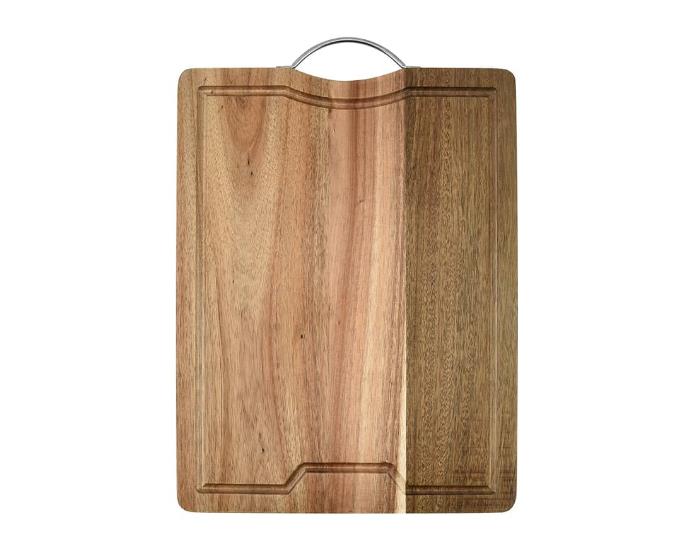
A well-oiled wood cutting board will retard moisture effectively.
Wear resistance
A cutting board that resists impacts and keeps a good looking finish is a quality product, so a cutting board must be tough enough to withstand daily usage.
Bamboo
Bamboo cutting boards are moderately durable and we say only ‘moderately’ because knife marks will appear on a bamboo cutting surface quite quickly.
This is a health concern as these openings can become breeding grounds for bacteria.
Wood
A wood cutting board will of course also develop knife marks, but these will appear over time and after long usage.
The best quality end grain wood cutting boards have ‘self – healing’ properties and cuts will close up automatically without intervention.
Odor absorption
Strong odors embedded in a cutting board are unpleasant and detract from the user’s experience with their cutting board.
Bamboo
A bamboo cutting board may develop odors over time from strong smelling foods like garlic.
Simple cleaning solutions made from lemon juice, spirit vinegar or bicarbonate of soda will eliminate odor issues.
Wood
A wood cutting board can absorb strong odors, and it is recommended to wash immediately after use with a cleaning solution.
Pest resistance
Any material used for a cutting board should be pest – free and if possible, pest retardant. This is good hygiene practice and gives a longer lasting cutting board.
Bamboo
Bamboo like any plant material can be prone to pests like borers. For this reason, pest treated bamboo cutting boards are usually sold. Care should be taken that any treatment is safe for humans and will not leech into foods.
Wood
Similarly, wooden cutting boards can be treated with a safe substance to deter pests.
Note: Many types of wood are naturally pest repellent and won’t require chemical treating, just routine maintenance.
Popularity/sales record

It’s good business sense to stock popular products that sell well, so that your business remains viable and profitable.
Bamboo
Bamboo has become more popular because it’s sustainable, common, and thus inexpensive. Given adequate maintenance, a bamboo cutting board of good quality can also last a long time.
Wood
Wood cutting boards will likely always be the market leader because they just tick so many boxes. Everybody loves a warm and well crafted piece of beautiful wood.
Given their high level of hygiene, durability, and moderate care requirements, most homes own at least 1 wood cutting board, probably more. The industry figures are unequivocal for wood cutting board sales, they’re the top seller and here to stay!
Buy Wholesale Cutting Boards and Start Scaling up with Us Today
Contact us and connect with a sales rep to get a free quote.
In conclusion
This article has covered bamboo and wood cutting boards in great detail, and clearly wood edges ahead as the best choice for cutting board success.
Consider wood cutting boards as part of your stock offering because they’re industry proven, familiar favorites the world over.
Our contact center awaits, and can assist you with queries on product, packaging, shipping, order size requirements, pricing, or general information. Need a hassle free quote or aftersales support? It’s easy peasy, just hit our quote portal.
Until next time, we wish you success and happy selling dear readers!
